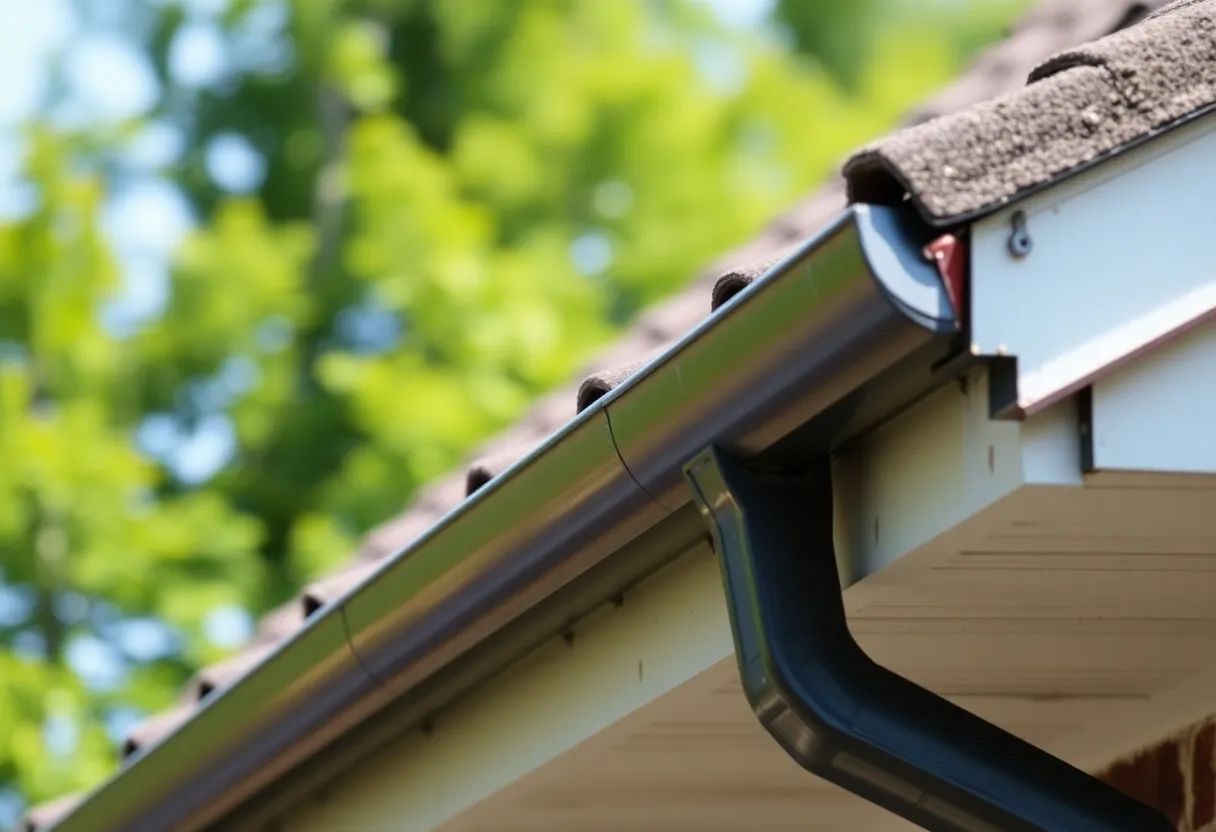What Are the Most Effective DIY Techniques for Roof Gutter Maintenance?
The Importance of Gutter Maintenance
Roof gutters play a critical role in protecting your property from water damage. They direct rainwater away from the foundation, preventing flooding, erosion, and even mold growth. Regular maintenance is essential to ensure gutters function properly. Neglecting this task can lead to costly repairs in the future.
Identifying Common Gutter Problems
Clogs and Blockages
Clogs are one of the most frequent issues affecting gutters. Leaves, twigs, and other debris can accumulate, hindering water flow. When gutters are blocked, water may overflow, causing damage to your roof and siding.
Pests and Insects
Damaged gutters can become homes for pests such as mosquitoes, ants, and rodents. Stagnant water in clogged gutters creates an inviting environment for these unwanted guests.
Rust and Corrosion
Metal gutters are prone to rust and corrosion. Moisture buildup can cause metal components to deteriorate, leading to leaks and plumbing issues.
Essential DIY Techniques for Gutter Maintenance
1. Regular Cleaning
Cleaning your gutters should be a top priority. Plan to perform this task at least two times a year: once in the spring and again in the fall. Here’s how to do it:
- Gather your supplies: A sturdy ladder, gutter scoop, bucket, and safety gloves are essentials.
- Inspect your ladder: Make sure it’s stable and tall enough to reach your gutters comfortably.
- Remove debris: Use the gutter scoop or your hands (with gloves) to clear out leaves and dirt.
- Use water: After removing debris, flush the gutters with water from a hose to clear smaller particles and verify that water flows freely.
2. Check for Leaks
After cleaning, examine your gutters for leaks. Look for signs of water dripping or pooling around joints and seams.
- Seal leaks: Use gutter sealant to patch any leaks or cracks you find. Apply according to the manufacturer’s instructions for effective results.
3. Inspect Downspouts
Downspouts are crucial for directing water away from your home. Clogs here can also cause significant damage. Follow these steps:
- Check for blockages: Run a hose down the downspout to ensure water flows out freely. If it doesn’t, the downspout may be blocked.
- Clear blockages: Use a plumber’s snake or a high-pressure nozzle to dislodge stubborn debris.
4. Repair Gutter Hangers
Gutter hangers hold your gutters in place. Over time, these can loosen or break, causing the gutters to sag or detach completely.
- Inspect hangers: Check for any loose or broken fittings.
- Replace or tighten: Replace broken hangers and tighten loose ones to ensure a secure fit.
5. Install Gutter Guards
Gutter guards can reduce maintenance needs significantly. These products act as a filter to keep debris from entering the gutters without obstructing water flow.
- Choose the right type: Some gutter guards are mesh, while others are solid. Select a model that fits your gutter system and local environment.
- Professional installation: If unsure, consider hiring a professional for installation; incorrect placement can render them ineffective.
6. Check for Proper Pitch
The proper pitch of your gutters ensures effective drainage. They should slope slightly toward the downspouts.
- Assess the slope: Use a level tool to check the pitch. Adjust if necessary by repositioning the hangers.
Seasonal Maintenance Recommendations
Spring Maintenance
At the beginning of spring, inspect for winter damage. Icicles can weigh gutters down, so this is the time to check their condition.
Summer Maintenance
Summer often brings storms. Consider an extra inspection to ensure debris from summer storms hasn’t blocked the gutters.
Fall Maintenance
Before winter sets in, conduct a thorough cleaning of the gutters to remove leaves and debris. This prevents freezing that can lead to damage.
Winter Maintenance
Inspect for ice dams, which can form if drainage becomes blocked. An ice dam can lead to severe roofing issues. Use a roof rake to remove snow if necessary.
Safety Precautions During Maintenance
- Wear safety gear: Always wear gloves and, if necessary, goggles to protect yourself from debris.
- Work with a partner: If possible, have someone assist you for safety and extra hands.
- Maintain a solid ladder base: Ensure your ladder is firmly on level ground to prevent accidents.
When to Seek Professional Help
While many tasks can be handled DIY, some situations may require professional assistance. If you notice:
- Significant water damage: If your gutters are causing severe damage to your property, consult a professional.
- Difficulty accessing gutters: High or hard-to-reach gutters may require specialized equipment.
- Extensive rust or corrosion: Metal deterioration may indicate a need for full replacement.
Conclusion
Effective DIY roof gutter maintenance is crucial for preserving the longevity of your home. Implementing regular cleaning, inspecting for leaks, and considering gutter guards can dramatically reduce the risk of damage from water. With the outlined techniques, homeowners can confidently tackle their gutter maintenance. Adhering to seasonal checks further ensures a sound gutter system, safeguarding your property from potential water-related issues.





 Mays Contracting
Mays Contracting


